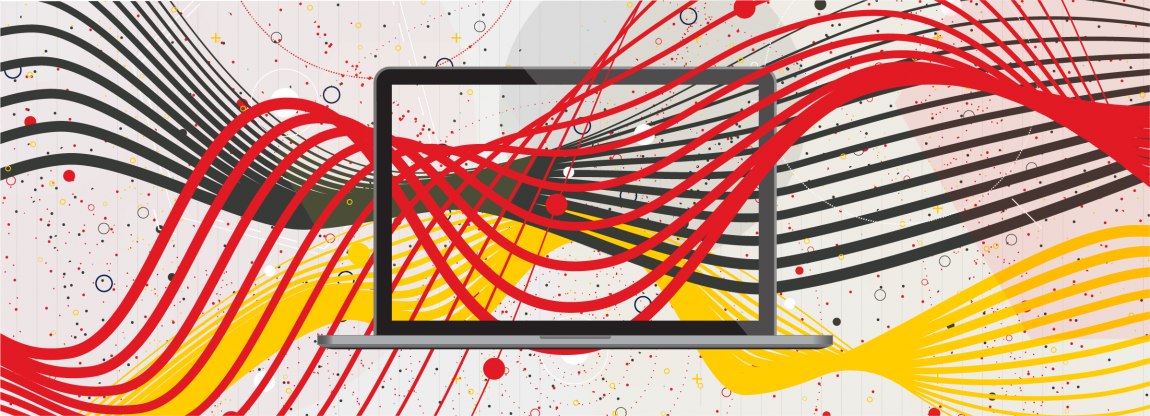How Can AI Transform Higher Education?
Artificial intelligence (AI) dominates many aspects of our lives. From smartphones to smart homes, technology is behind many aspects of the Canadian popular lifestyle. Higher education isn’t exempt; automated technology is present in classrooms across the country. What does that look like, and how will higher education thrive in the age of artificial intelligence?
A study, focusing on medical education, found AI was used for learning support, student assessment, curriculum review, to simulate patients, and provide students with a guided learning pathway and personalized feedback. These uses extend beyond medical schools, too. The European Commission published a white paper last year that stated using AI in education will benefit all students, in turn bringing advantages to all of society. Schools in Canada and the United States are already using AI tools like chatbots, grammar checkers, and plagiarism checkers to provide increased student supports, boost student engagement, and help teachers manage their workloads.
AI in higher education can mean many different things:
The Tutor
An AI tutor is one example of the many different types of AI assistants currently on the market. The capabilities of automated learning assistants are vast. The AI assistant can offer one-on-one learning support, like in the case of a tutor, and can provide students with a more personalized higher education experience. It may sound counter-intuitive, but an AI assistant when used in extremely large classes, can help students feel more connected to the course and learning community. The assistant can remind students about class times, assignment deadlines, and homework.
The Chatbot
Another popular AI technology in higher education is the chatbot. From answering questions about registration or administrative requirements to providing recommendations on where to eat on campus or find a student group, a chatbot boasts of making a positive difference for students looking to find a community or quickly access logistical support.
Chatbots can also be more accessible. It’s available any time of day, any day of the year, and can be set to the student’s language of preference and sometimes can help with translation. Such benefits would most certainly be particularly appealing for remote-learning international students who may be struggling to learn across time zones and with English as a second language.
Chatbots are often praised to help higher education institutions as well. Administrators are extremely busy, juggling a variety of tasks. Responding to student inquiries can sometimes take a day or longer. In today’s landscape, that length of time takes the institution far from the goal of providing great service. Responses are expected nearly instantly in the customer service world, and students don’t expect any less from their educational institutions. Using a chatbot for student inquiries can alleviate the staff workloads and increase students’ satisfaction levels with their institution’s support services.
The Teacher
AI technology assists with teaching and responding to students’ needs, but many experts deny the technology will completely replace educators. The technology isn’t, as many science fictions plots would have us believe, more intelligent than humans. Rather, technology mirrors our capabilities. AI is best used as a tool to improve the student experience, help teachers manage their workloads, and find more interactive, personalized, and accessible ways of learning. It’s not a leader in the classroom because it doesn’t operate with the critical thinking that teachers must use in managing a class.
Concerns with AI
With all the benefits of AI in higher education, there are also serious dangers to consider. Automated systems have been shown to perpetuate bias and discrimination, reflecting the biases of the technology’s creators and the problems and discriminations within the historical data and knowledge that these AI technologies learn from. As experts and researchers have stressed, the focus must be on developing and using AI in equitable and just ways. As we improve our policies and systems – making them more equitable, inclusive, and reflective of all people – the same efforts must be made in technology, too.
Additionally, AI technologies are often seen as a threat to jobs. Even as the threat of robots replacing instructors is low, the reality is that AI will disrupt the labour force substantially over the coming years. Rather than eliminating jobs, though, research suggests the technology will add positions and change existing ones. In higher education, this means students must be prepared to enter a workforce that is adjusting to this new and rapidly evolving technology.
Bringing AI into a classroom responsibly and ethically, be it through an AI tutor, assistant, or chatbot, can not only help students in their present learning journey but also encourage more engagement and comfort with the tools they’re likely to encounter in their careers.

